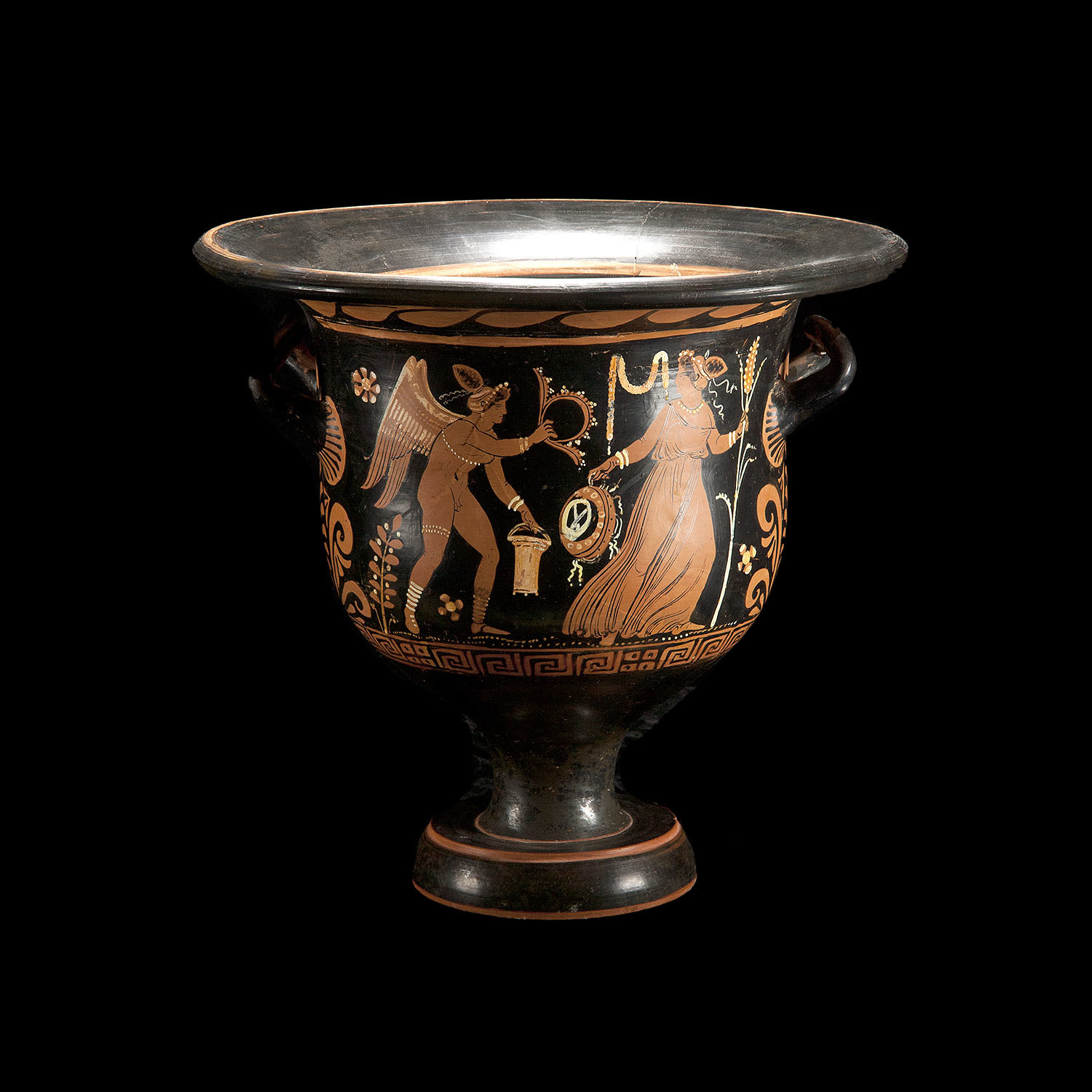- Jul 13, 2012
- 40,305
- 8,410
Friend, I have received the baptism of the Spirit, and please reread my entire post.
Ephesians 4:5 (NASB):
“One Lord, one faith, one baptism”
Greek Text (Nestle-Aland 28th Edition):
εἷς κύριος, μία πίστις, ἓν βάπτισμα
Key Greek Words:
εἷς κύριος – one Lord (εἷς = one [masc.]; κύριος = Lord, Master)
μία πίστις – one faith (μία = one [fem.]; πίστις = faith, belief, trust)
ἓν βάπτισμα – one baptism (ἓν = one [neut.]; βάπτισμα = baptism
Context:
This verse is part of a larger unit, Ephesians 4:1–6, which emphasizes unity in the body of Christ. Paul lists seven unifying elements of the faith: one body, one Spirit, one hope, one Lord, one faith, one baptism, one God and Father of all.
So please, I want to have a discussion with others going through the same experience as I am and not the underlying nuance that I'm "missing something"
Don't "dissect" my post and miss the context, please.
J.
Amen. The context is unity. Paul is emphasizing the unity of one.
There is one body and one Spirit, just as you were called in one hope of your calling; one Lord, one faith, one baptism; one God and Father of all, who is above all, and through all, and in you all. Ephesians 4:4-6
The baptism Paul has in mind is the common baptism all believers undergo by which we all are baptized into one body; the body of Christ.
Paul emphasizes this same idea of the unity of one to the Church in Corinth.
For by one Spirit we were all baptized into one body—whether Jews or Greeks, whether slaves or free—and have all been made to drink into one Spirit.
1 Corinthians 12:13
- one faith, one baptism; one God and Father of all
However, by saying one baptism, Paul is certainly not referring to one (singular) baptism, but the one baptism by which we are unified together in the body of Christ, though we are many members with many different functions.
Paul teaches us plainly and contextually with the same frame of mind from
1 Corinthians 12, he had already established this truth about the different baptisms.
Paul teaches us that there are three distinct and different baptisms with three distinct and different baptizers. He does this by using his ability to convey spiritual truth, through the use of types and shadows from the Old Testament, much like the Passover lamb was a type of Christ, foreshadowing His sacrifice on the cross during the Passover.
Moreover, brethren, I do not want you to be unaware that all our fathers were under the cloud, all passed through the sea, all were baptized into Moses in the cloud and in the sea, 1 Corinthians 10:1-2
- all were baptized into Moses in the cloud and in the sea,
Into Moses corresponds to being baptized into Christ whereas the Holy Spirit is the Baptizer.
In the cloud corresponds to being baptized with the Holy Spirit, whereas Jesus is the Baptizer.
In the sea corresponds to water baptism, whereas John the Baptist or human beings are the baptizers.
Three different baptisms performed by three different baptizers.
Therefore, leaving the discussion of the elementary principles of Christ, let us go on to perfection, not laying again the foundation of repentance from dead works and of faith toward God, of the doctrine of baptisms, of laying on of hands, of resurrection of the dead, and of eternal judgment. Hebrews 6:12
Last edited:





